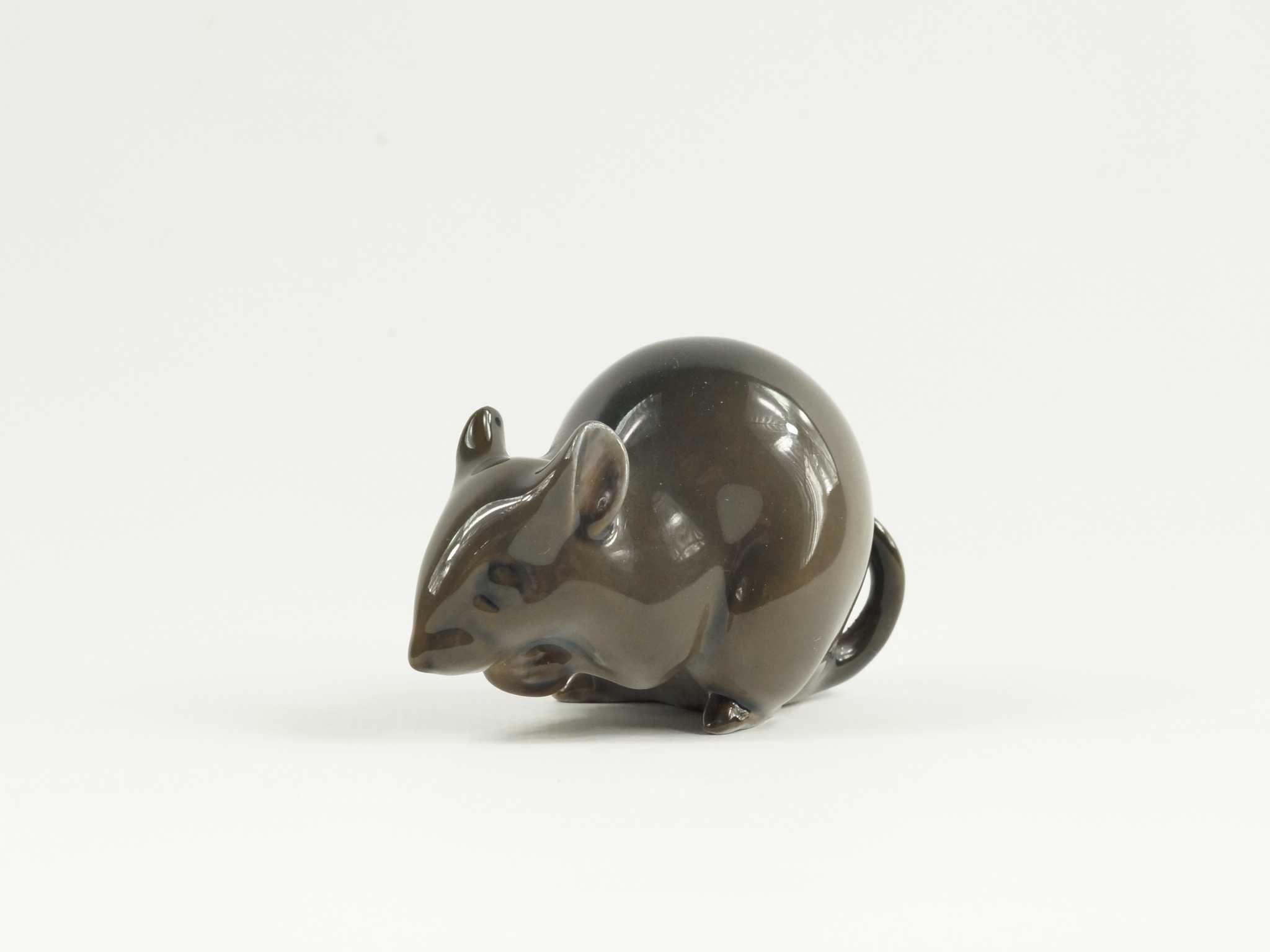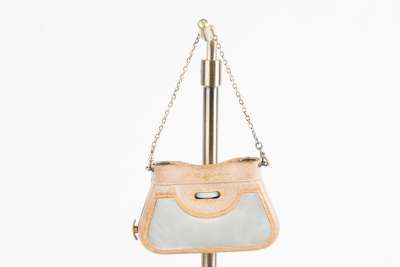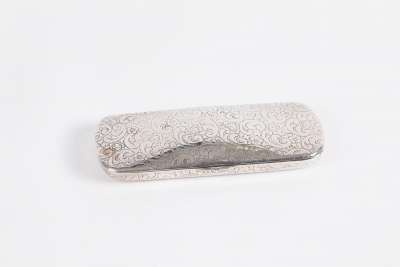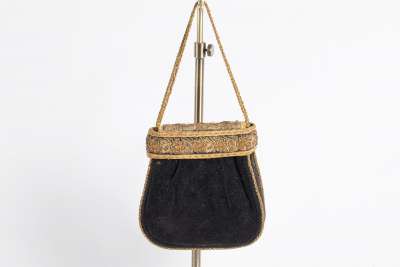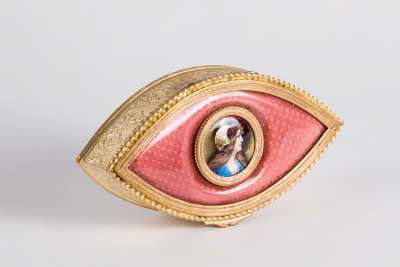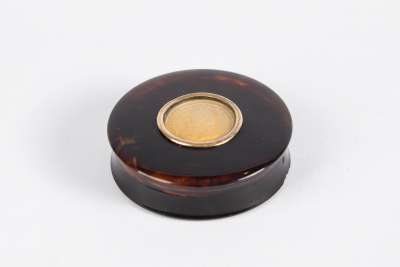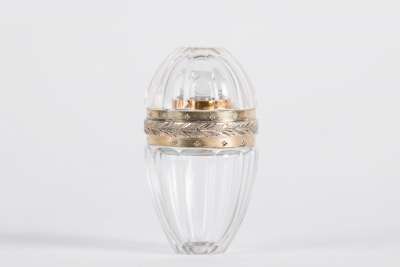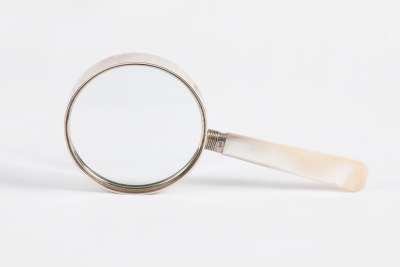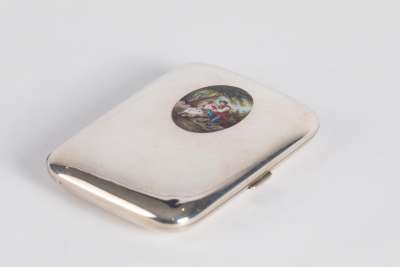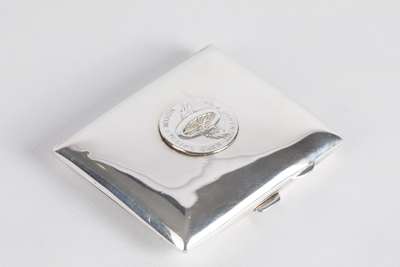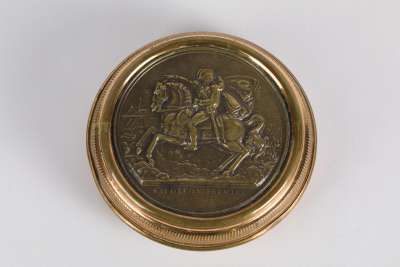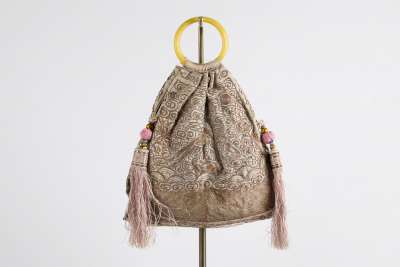A Royal Copenhagen figurine of field mouse with a nut grasped in its front feet. Designed by Francis Valdemar Platen-Hallermundt in 1925. On the base is the Royal Copenhagen hallmark, the figurine number and artist's number. Circa 1965.
Condition: Very Good with minimal wear consistent with age and use.
Dimensions: Weight 40gm, Length 7cm, Width 3cm, Height 4.5cm .
